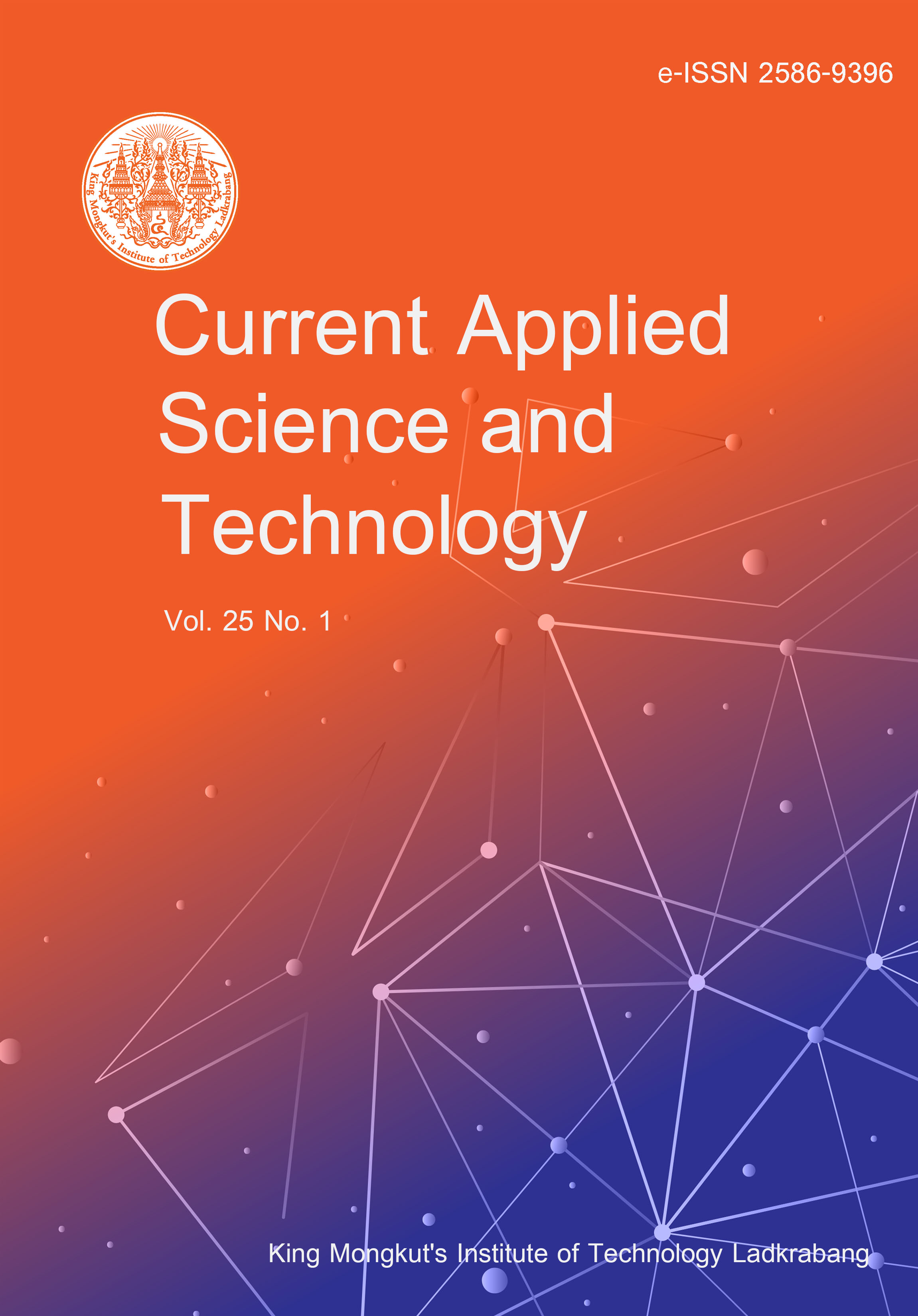Pleocnemia irregularis is an economically important fern, with no known literature on its developmental biology. Thus, this study was aimed to document various aspects of its developmental stages including its patterns of spore germination, the morphology of various developmental stages, type of gametophyte development and percentage of gametophyte survival using modified culture media as the substrate. Morphological observations highlighted the distinctive monolete-bilateral, ellipsoidal, and reticulated perispores, while the prominent protuberance of club-shaped unicellular hairs persisted continuously from the germ filaments to the late gametophytic stages. Spore germination follows the Vittaria-type while Aspidium-type for the prothallial development. Among the treatments, T0 (garden soil), T3 (ground adventitious roots of tree fern + ground clay pots), and T1 (pure ground adventitious roots of tree fern) demonstrated a consistently prolific performances, from spore germination until the late gametophyte stage with rapid development led by T0. Conversely, consistent delayed development was observed for spores sown in T2 (ground clay pots). Regarding gametophyte survival, T0 significantly yielded the highest percentage of gametophyte survival (94%), while T2 obtained the lowest number (48.33%). No performance variation was observed in T3 and T1. As a result, T0 served as the best culture medium for gametophyte coverage. The utilization of accessible and cost-effective growing media provides a conducive substrate for the successful developmental biological study of P. irregularis. The information provided in this paper will certainly be useful in studying the developmental biology of those often overlooked but economically important pteridophytes.
Taer, E. ., Coritico, F. P. ., & Tenizo, A. J. M. L. undefined. . (2024). Spore Germination and Gametophyte Development of Pleocnemia irregularis (C.Presl) Holttum (Dryopteridaceae) Using Modified Culture Media. CURRENT APPLIED SCIENCE AND TECHNOLOGY, e0259830. https://doi.org/10.55003/cast.2024.259830

